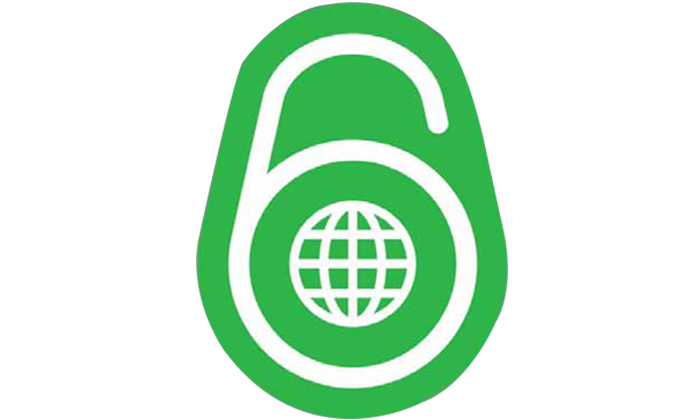IPv6 is the most significant development – of tectonic calibre, but minus the earthquakes – in the history of the Internet since its inception. And, it transpired at 00:01 GMT on June 6, 2012. Don’t worry; you don’t need to do anything to carry forward this shift. As far as your online experience is concerned, shifting to IPv6 won’t impact the way you interact with the Internet any time soon. But it will eventually. Microsoft, Cisco, Yahoo, Facebook, and Google have all made the switch to IPv6 on June 6. It’s the follow up to World IPv6 Day, which occurred a year ago on June 8, 2011, when providers turned on IPv6 for a single day to make the world aware of what is about to come. On the service provider end, AT&T, Comcast and Time Warner Cable have also begun to offer IPv6 access to customers. There’s been a great deal of lead up to this launch, and much of it has been preceded by the crisis of the Internet running out of addresses.
The best analogy to describe the situation is to imagine a rapidly growing neighbourhood with a finite amount of real estate. Vint Cerf, Google’s Chief Internet Evangelist and one of the founding fathers of the Internet, pointed out that, with 5.5 billion mobile phones on the planet, it’s no surprise we’re running out of addresses. The Internet is a place that has become a popular destination for just about every sort of device – PCs, smartphones, tablets, game consoles. All of these devices need a place to live; when online, it means they need their own IP addresses. It doesn’t end there; every time some tech company decides to teach Internet skills to its new gadgets – from compact cameras to smart televisions – they need IP addresses too. For all these years, it was the role of IPv4 to allocate Internet-connected devices to 32-bit IP addresses. The problem is that, while the number of devices has grown, the number of available addresses hasn’t grown from 4.2 billion. If you are worrying that IPv6 will run out of space as well, you don’t need to. The TCP/IP Guide explains that, if the total number of IPv4 addresses could fit into a 1.6-inch square, a square as big as the solar system would be required to fit all the IPv6 addresses. Just to give you an idea; the new IPv6 protocol has room for over 340 trillion trillion trillion 128-bit IP addresses – yes, trillion comes thrice in there.
As for India, the world’s third largest Internet market, IPv6 is yet to be adopted, and the country is working against a ticking clock. Asia Pacific Network Information Centre, the Internet registry for India, is barely left with a few IPv4 addresses before the transition to IPv6 is made. All the states and the central government were directed by the Department of Information & Technology to switch to IPv6 by March 2012, but that plan is still running behind schedule. The country is experiencing an explosive rise in the number of devices that connect to the web, but the lack of new addresses will choke this growth. The number of Internet users in India is growing at a rate of 30% a year, with nearly 120 million being the present number. Moreover, India has 850 million mobile subscribers, out of which only about 40 million access the Internet using mobile devices. So, there is an acute need to shift to IPv6 in the country. Major Internet service providers also support the move, but are yet to make any official commitment on when the shift to IPv6 will be made.














